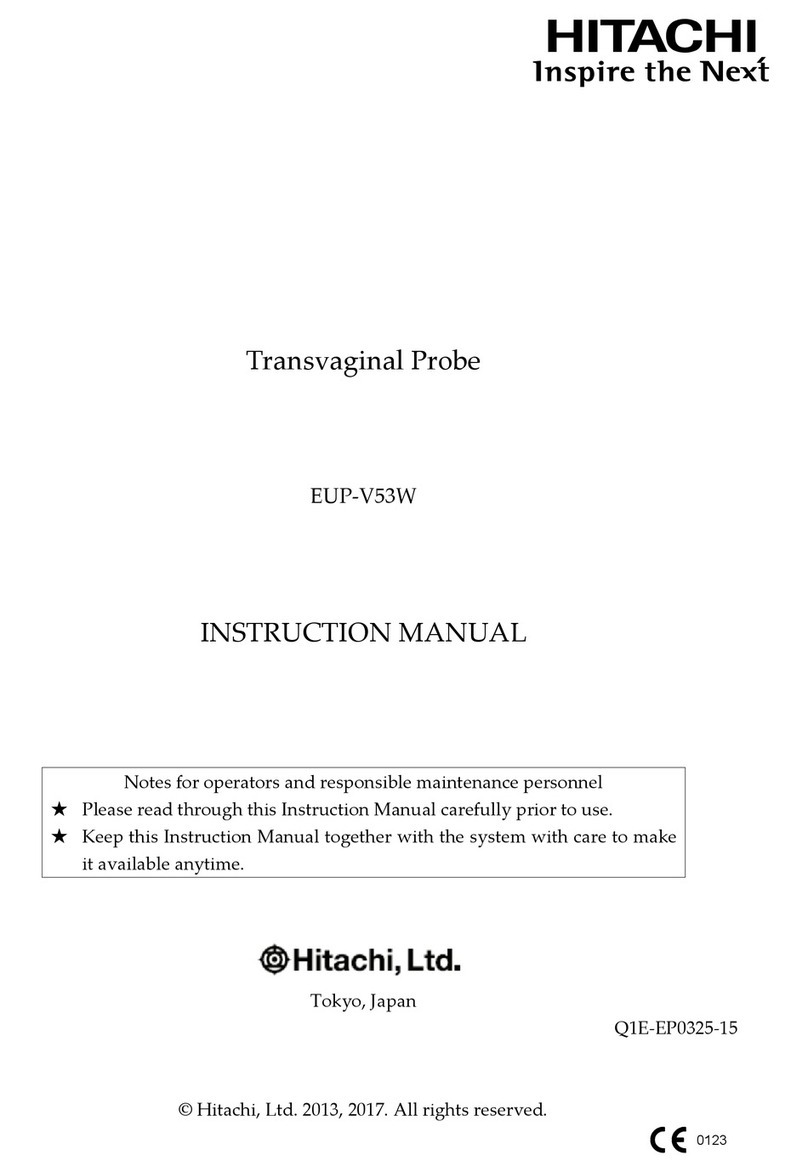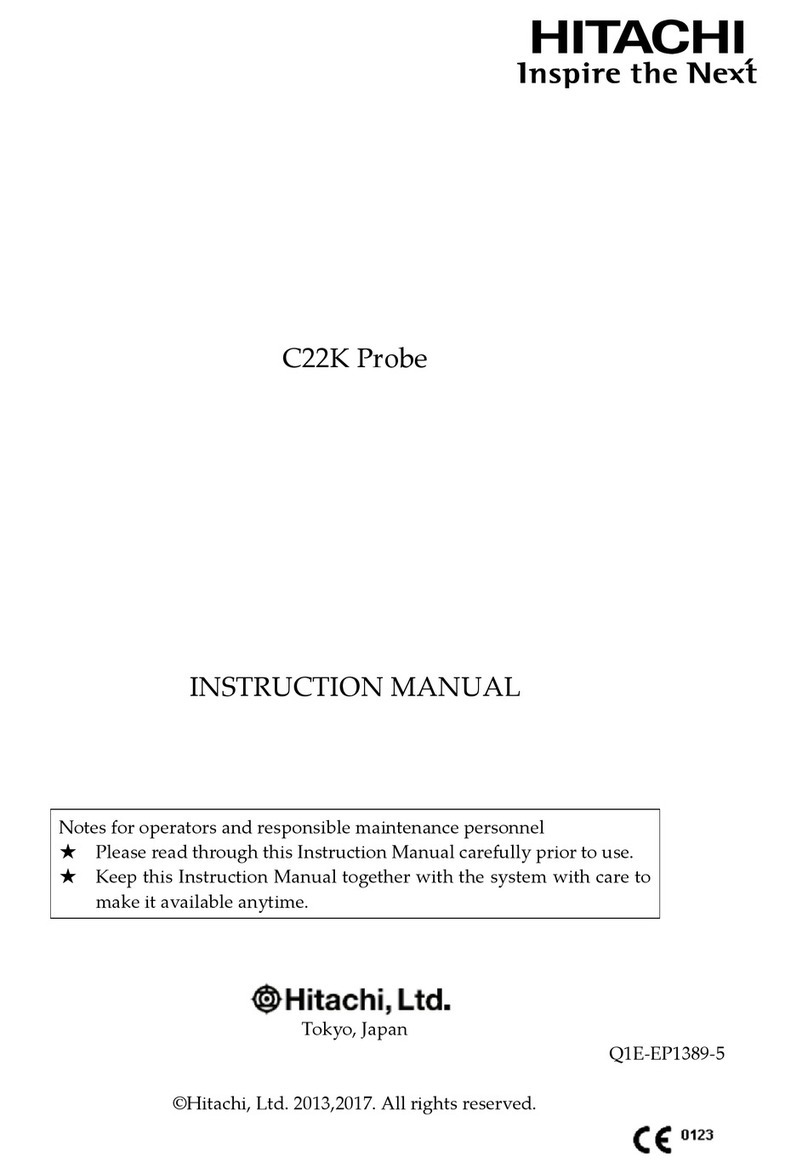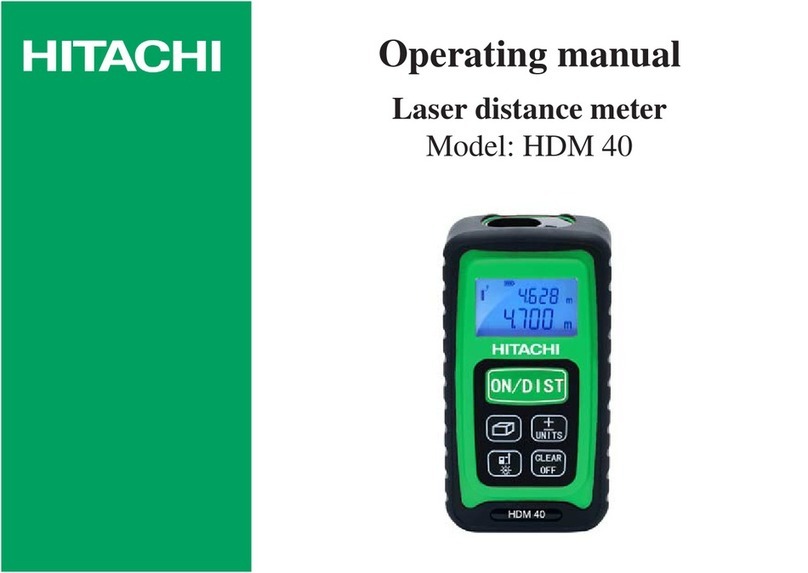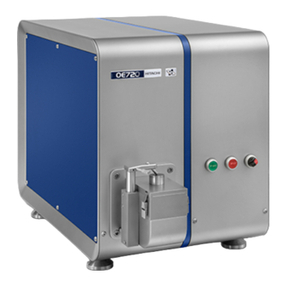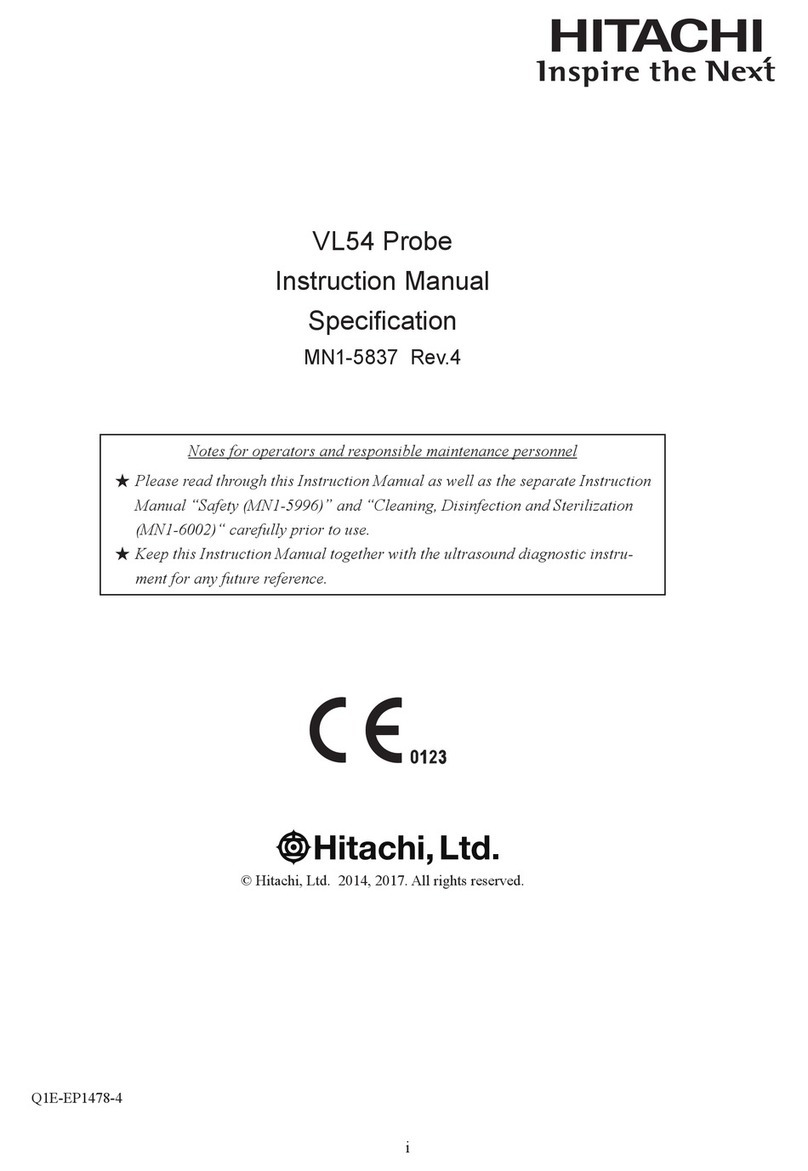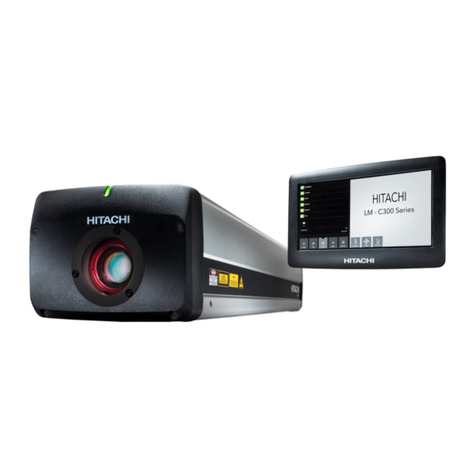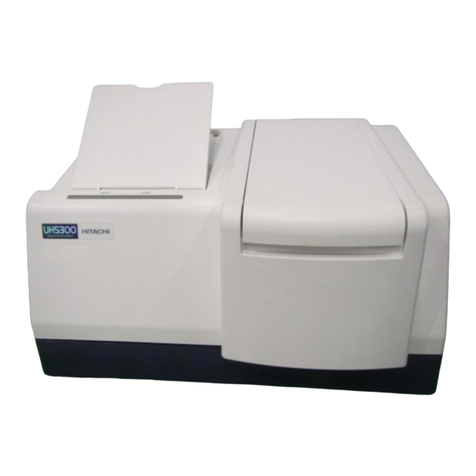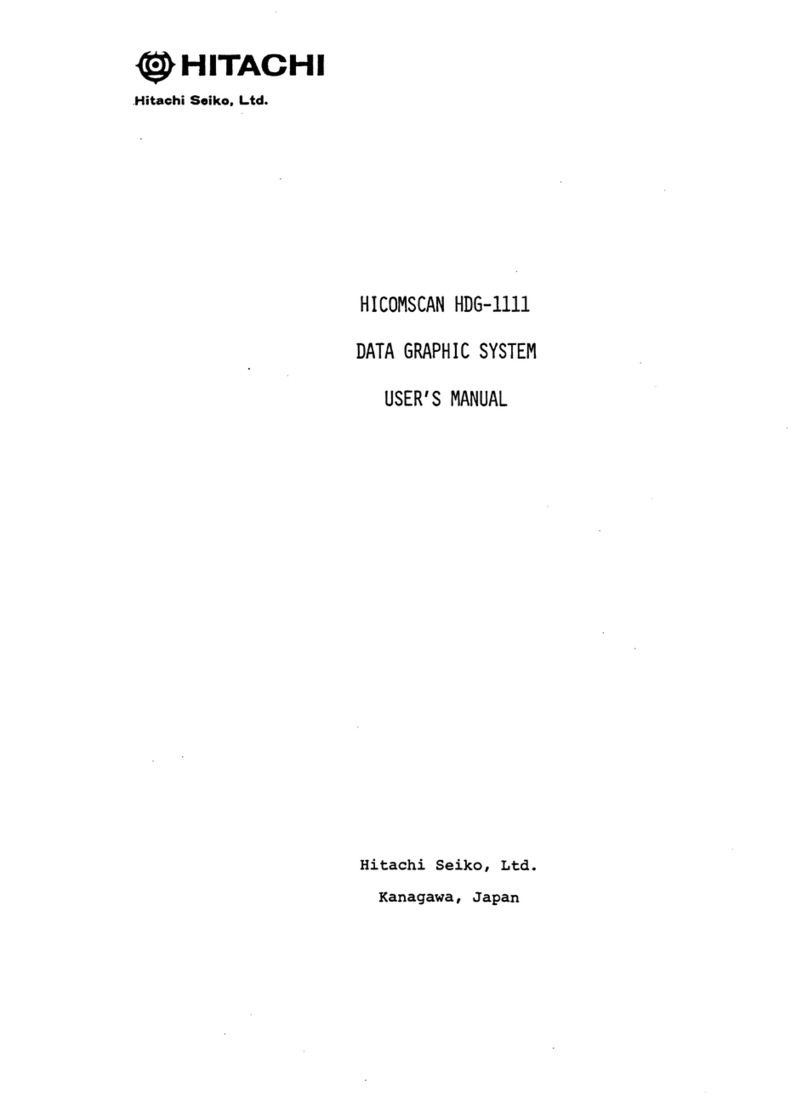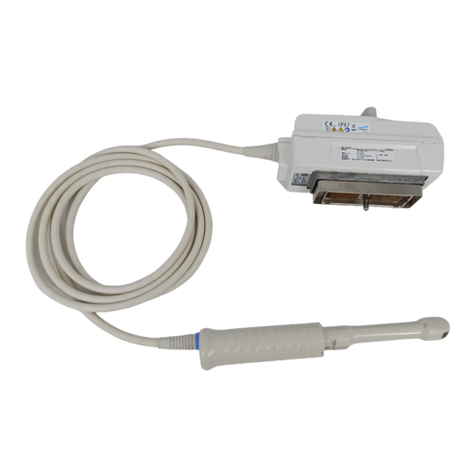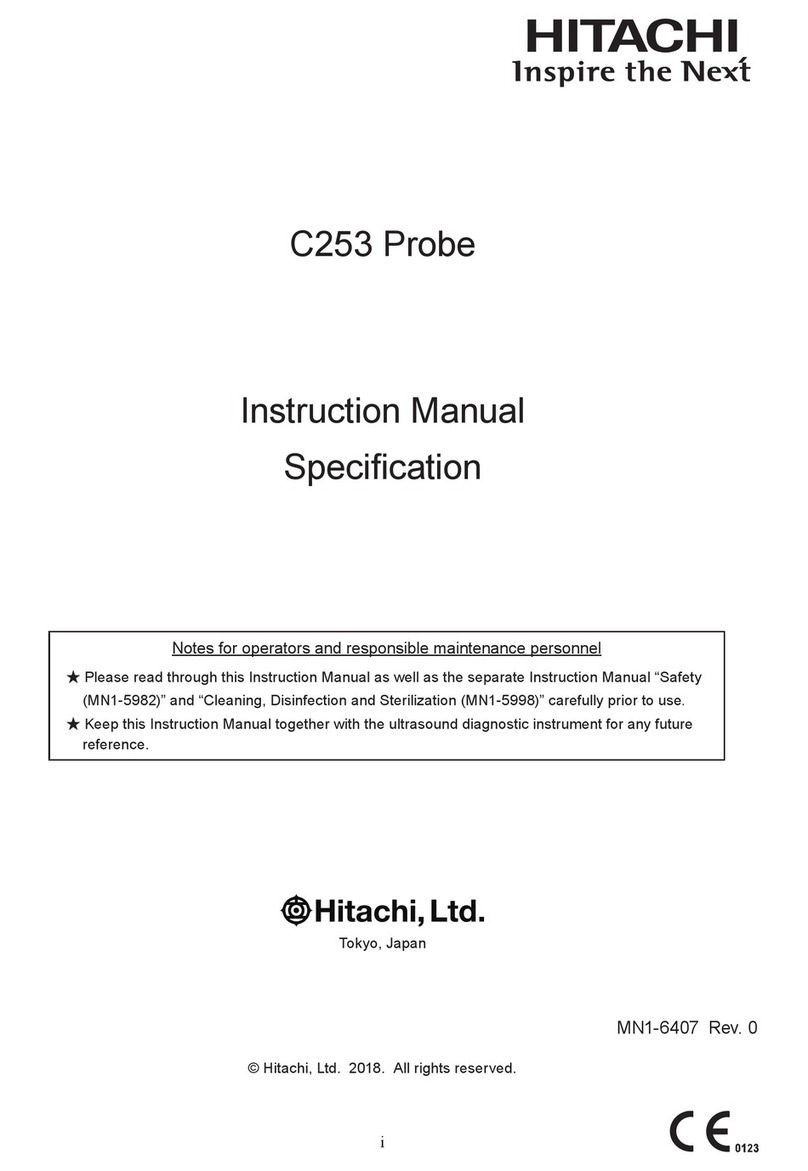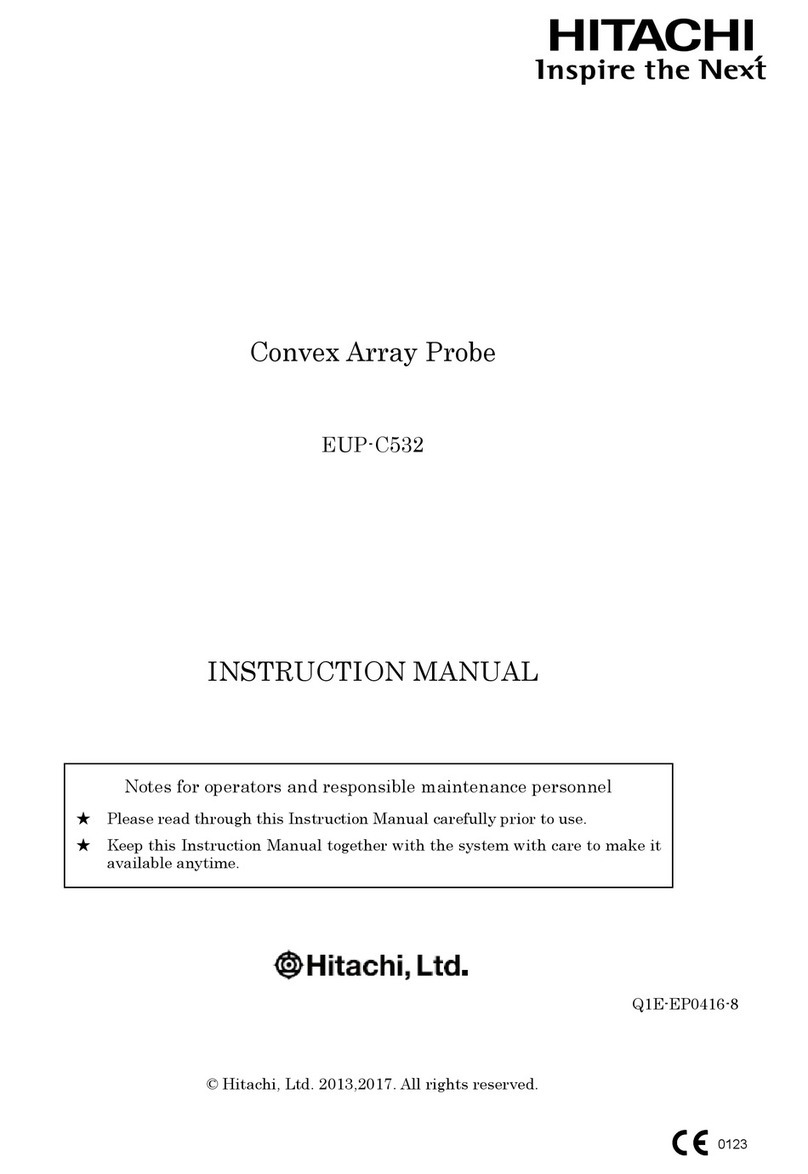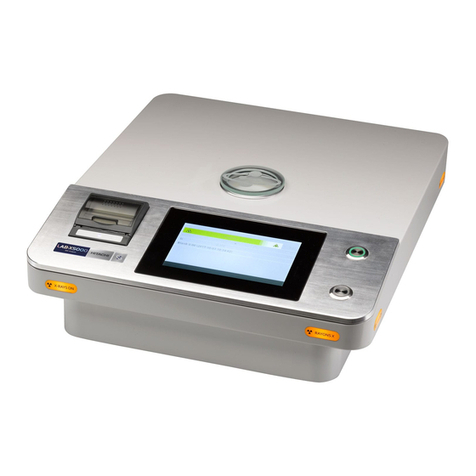
iv
MN1-6013 Rev.4
This instruction manual contains 4 pages of front matter and 12 pages of the main content.
CONTENTS
1. General Information...................................................................................................................................1
1-1. Intended use...................................................................................................................................................................1
1-2. Classication of ME equipment....................................................................................................................................1
1-3. Standard components ....................................................................................................................................................1
1-4. Options ..........................................................................................................................................................................1
2. Specications and Parts name....................................................................................................................3
2-1. Specications.................................................................................................................................................................3
2-2. Name of each parts........................................................................................................................................................4
2-3. Specications of the protect tube .................................................................................................................................5
3. Preparations for Use ...................................................................................................................................7
3-1. Visual check ..................................................................................................................................................................7
3-2. Deection portion operation check .............................................................................................................................7
3-3.Conrmation of cleaning and sterilization ....................................................................................................................7
3-4.Verication of operation ................................................................................................................................................7
3-5.Torocar connection check...............................................................................................................................................8
3-6. Probe insertion check....................................................................................................................................................8
4. Operation....................................................................................................................................................9
4-1. Preparations of the protect tube ...................................................................................................................................9
4-2. Insertion of the probe....................................................................................................................................................9
4-3. Operation.....................................................................................................................................................................10
4-4. Pulling out the probe................................................................................................................................................... 11
